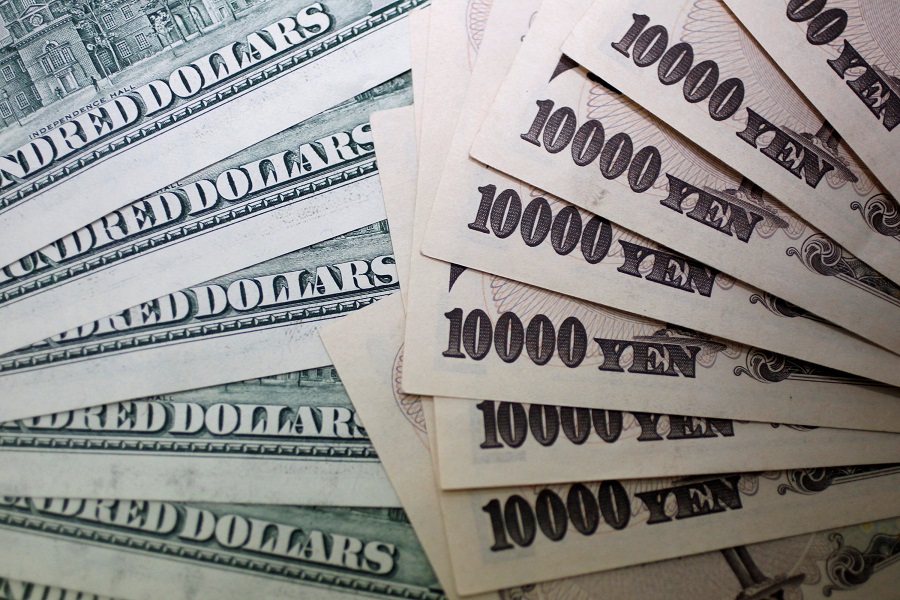
The yen sank to a three-month low on Monday as investors figured the loss of a parliamentary majority for Japan's ruling coalition in weekend elections would slow future rate rises, while the dollar headed for a monthly gain on rising U.S. yields.
In the Asia session, the yen dropped 1% to 153.84 per dollar and by a similar margin against the euro to 165.87, on both counts its weakest since late July.
A period of wrangling to secure a coalition is now likely after the Liberal Democratic Party and its junior partner Komeito won 215 lower house seats to fall short of the 233 majority.
Traders said the election would likely result in a government without the political capital to preside over rising rates and could usher in another era of revolving-door leadership.
Japan has already had four different prime ministers in a little over four years and instability was expected to breed caution at the central bank, which meets to set rates this week.
"It's one more thing for them to consider when they should be looking at the economy," said State Street's Tokyo branch manager Bart Wakabayashi. "Are we going to have another series of prime ministers every 10-12 months? That would not be good for the yen."
Analysts at BNY said the next immediate target for dollar/yen would be 155 with 160 a likely line in the sand that would draw intervention from the finance ministry.
DOLLAR GAINS
Elsewhere, the dollar was pushing higher and on course for its largest monthly rise in 2-1/2 years as signs of strength in the U.S. economy and bets on Donald Trump winning the presidency lifted U.S. yields.
At $1.0791, the euro was steady on Monday but down more than 3% on the month. Sterling bought $1.2952 and a 3.1% drop through October so far.
Ten-year Treasury yields are up 40 basis points for October against a rise of 16 bps for 10-year bunds and 23 bps for gilts.
A further drag from disappointment in China's stimulus plans had the Australian and New Zealand dollars under pressure and slipping to 2-1/2 month lows on Monday.
Selling carried the kiwi to $0.5971 and close to a 6% loss for October so far, while the Aussie inched lower to $0.6597 and is down 4.5% in October.
The U.S. dollar index has climbed 3.6% to 104.49 during October, its sharpest monthly rise since April 2022.
The week ahead is crowded with data, with inflation readings for Europe and Australia, gross domestic product data in the U.S. and purchasing managers' indexes for China.
Weekend data showed China's industrial profits plunged in September, with a year-on-year drop of 27.1%. The yuan hit its weakest since late August at 7.1355 per dollar.
